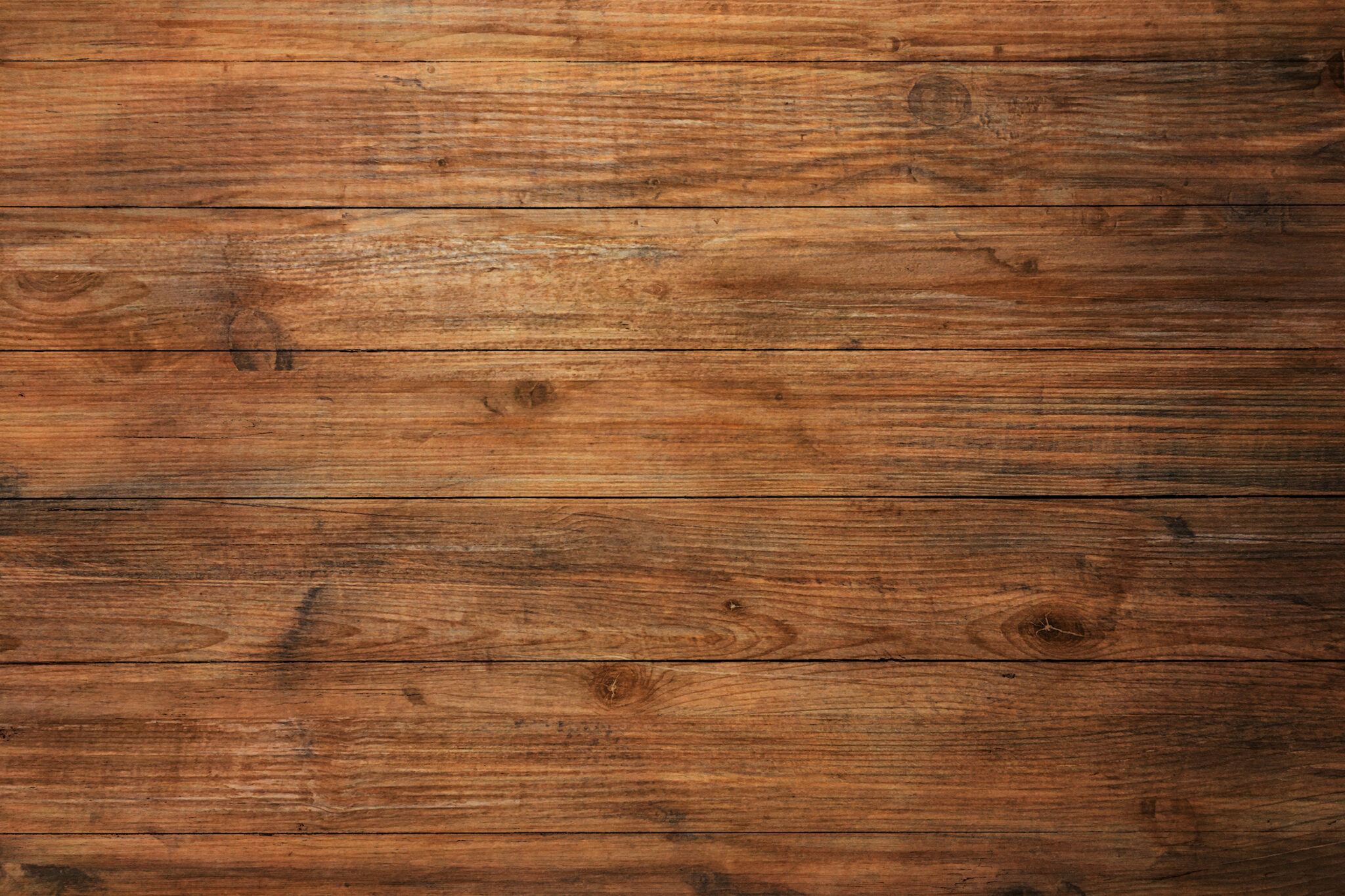
Wood is prized for its grace and elegance. However, like all organic materials that are exposed to the sun’s ultraviolet rays, wood will discolor over time—a natural occurrence called photosensitivity.
While many people embrace the changes that occur when wood ages, as it can add a unique patina and charm, others are not fans of its appearance. Fortunately, there are things you can do to prevent or slow this process down.
Before we talk about photosensitivity, let’s define it. The degree to which wood changes colour when exposed to light is called photosensitivity. The more photosensitive a wood species is, the faster it will change color. The term ‘photochemical reaction’ refers to the process by which light energy causes chemical changes in substances. A good example of this is how sunlight tans skin.
The photochemical reaction in wood is slow and poorly understood, but some studies have shown that certain substances within the wood are responsible for its photosensitivity. Because wood darkens from exposure to sunlight and different types of wood respond differently, the color change can vary greatly.
For example, light-colored woods like birch and maple will discolor more rapidly than dark woods like walnut or mahogany. Lighter woods, with their high degree of transparency and ability to show the grain clearly, tend to weather more quickly than dark woods do.
Many species of wood have a richer, more lasting colour than others. Some types can even change appearance radically over time. Interestingly, the only wood that becomes lighter as it ages is walnut.

Let’s take a look at how light affects other woods.
As a retailer, it’s important to inform customers that their wood flooring will change over time. They shouldn’t be surprised when the brand-new floor looks different from an aged sample in your showroom; eventually the two will reach equilibrium.
While it’s impossible to keep your floor from changing colour as a result of wear and tear, you can minimize discoloration by keeping the process even. Curtains and blinds can block some of the harmful rays that cause fading, while rearranging furniture periodically will distribute light evenly.